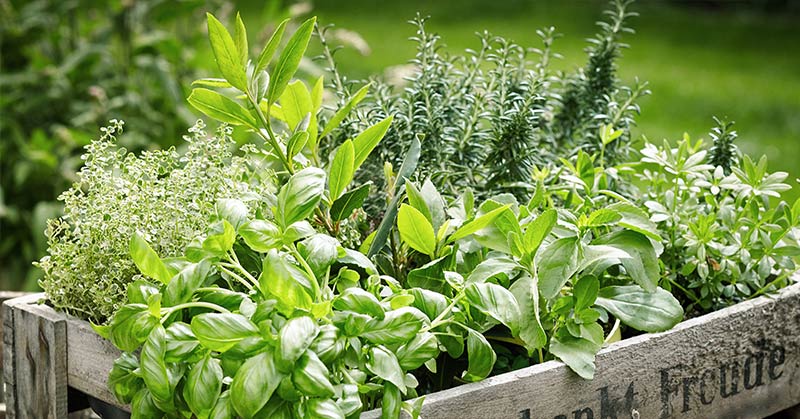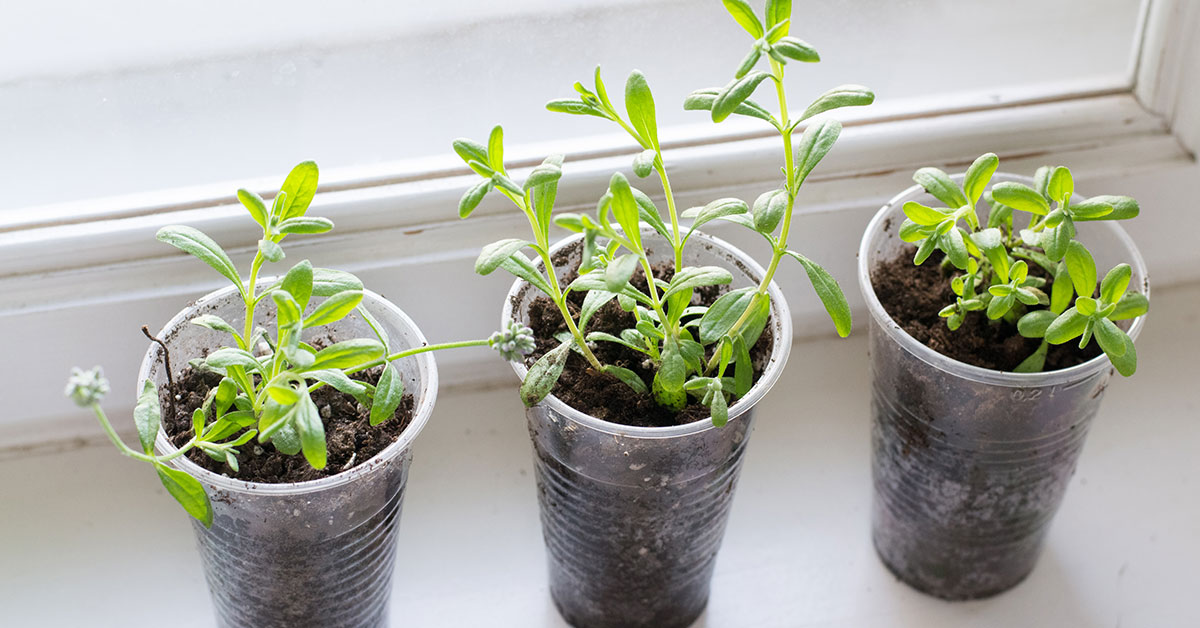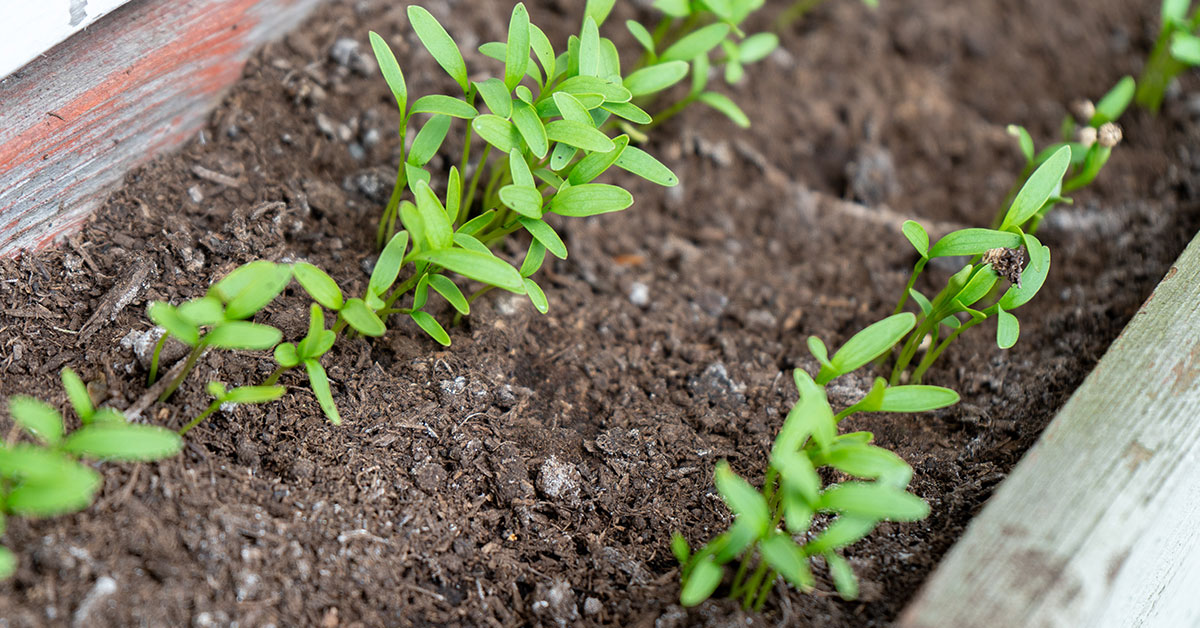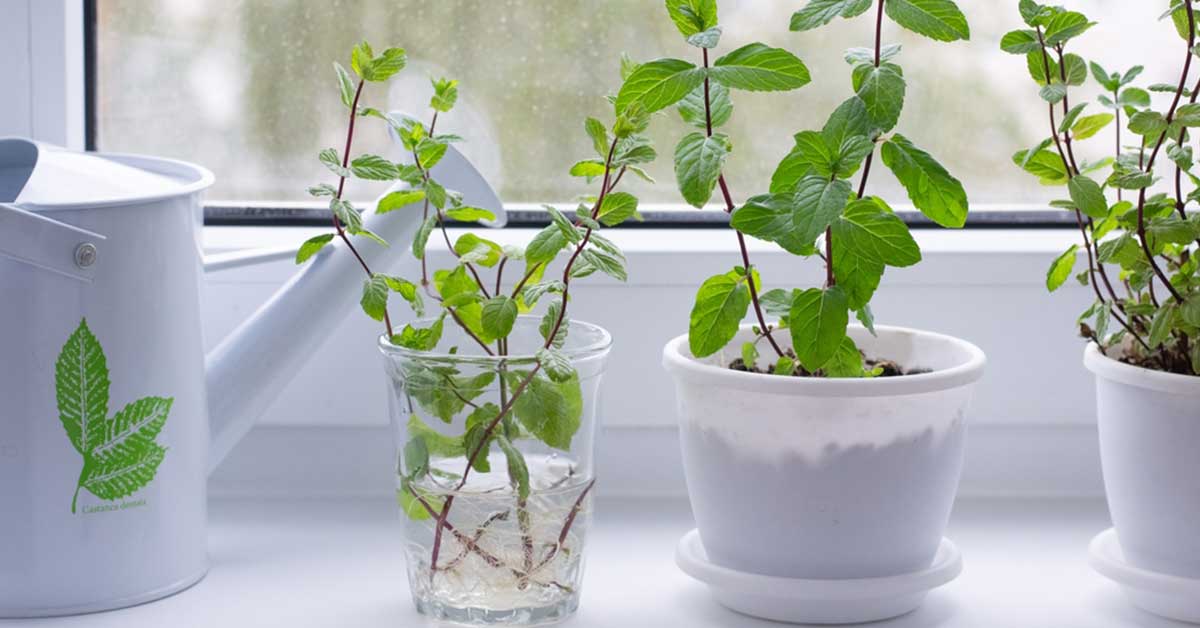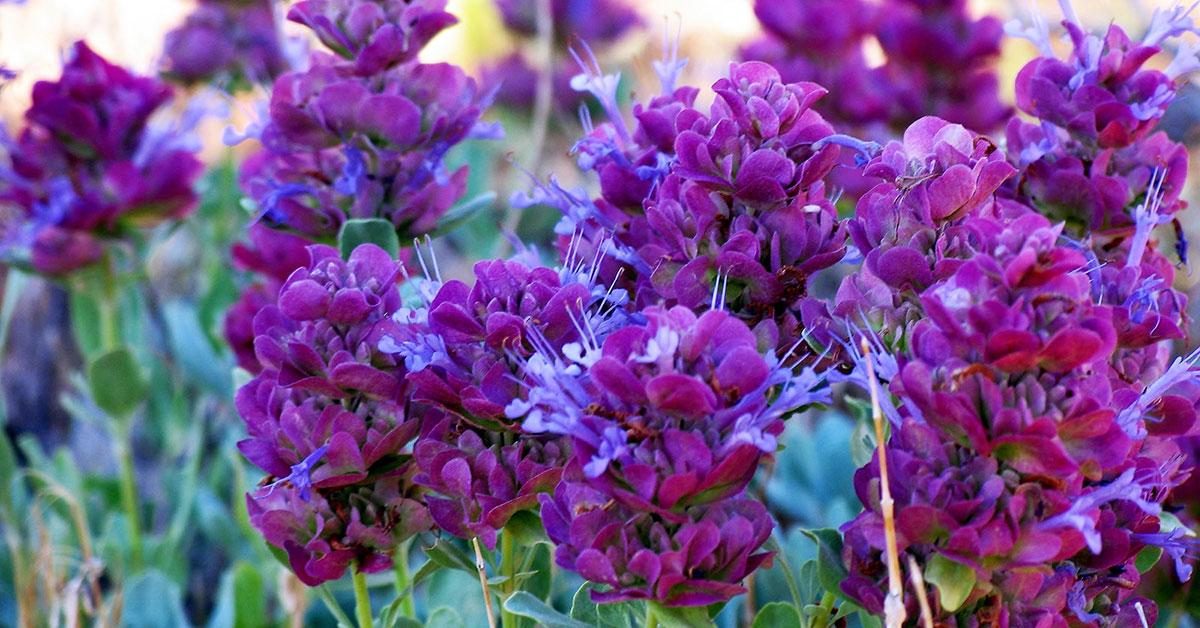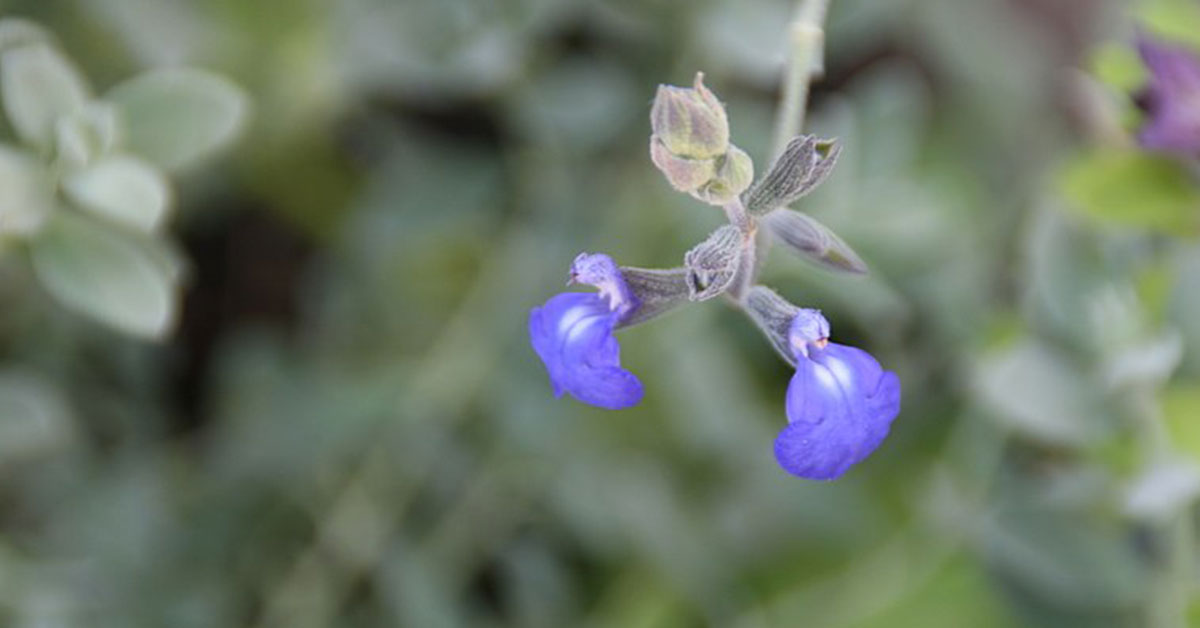Lemongrass (Cymbopogon citratus) is a versatile and aromatic herb commonly used in culinary, medicinal, and landscaping applications. With its citrusy fragrance and refreshing taste, lemongrass adds a delightful touch to various dishes, teas, and even homemade beauty products. In this comprehensive guide, we will explore the cultivation, care, and utilization of this herb, including its ideal growing zones, propagation methods, maintenance tips, and how to harvest this wonderful herb.
What is lemongrass?
Lemongrass, a tropical herbaceous plant, belongs to the grass family (Poaceae). It is native to regions such as Southeast Asia, India, and Australia. The herb features long, slender stalks with a lemon-like scent and flavor. Besides its culinary uses, this herb also possesses numerous health benefits and is known for its calming and digestive properties.
What does lemongrass taste like?
Lemongrass has a distinct and refreshing taste reminiscent of lemon, but with a subtle sweetness and earthy undertones. It provides a citrusy zing to dishes without the sharp acidity of lemon juice. The flavor profile of lemongrass is often described as bright, tangy, and herbaceous.
When used in cooking, it adds a unique and aromatic note to recipes, enhancing the overall taste and aroma of the dish. Lemongrass can range in intensity, with younger stalks generally being more tender and having a milder flavor, while older stalks can have a stronger, more pronounced taste.
Lemongrass growing zones
Lemongrass thrives in warm and tropical climates. It is best suited for USDA hardiness zones 9-11. However, with proper care, it can be grown as an annual in colder regions. In areas with harsh winters, it’s recommended to grow this herb in containers that can be moved indoors during the colder months.
How to grow lemongrass
- Propagation:
- Lemongrass can be propagated through seeds, division, or by using stalks.
- Seeds should be sown in a well-draining potting mix and kept moist until germination occurs.
- Division involves separating mature clumps into smaller sections and replanting them in prepared soil.
- The most common method is using stalks: Cut the lower portion of a fresh lemongrass stalk and place it in water. Once roots develop, transfer it to a pot or garden bed.
- Planting:
- Select a sunny location with well-draining soil for planting lemongrass.
- Prepare the soil by incorporating organic matter like compost.
- Space the plants about 2 feet apart to provide ample room for growth.
- Gently place the propagated stalks or divisions into the soil, ensuring the crown is level with the soil surface.
- Care and Maintenance:
- This herb requires regular watering, especially during dry periods. Water deeply and allow the soil to dry out slightly between watering sessions.
- Apply a balanced organic fertilizer once a month during the growing season to support healthy growth.
- Mulching around the base of the plants helps retain moisture and suppress weed growth.
- Regularly remove any dead or yellowing leaves to maintain the plant’s appearance.
- As lemongrass can grow quite tall, you may need to provide support to prevent it from falling over during strong winds.
Uses
Lemongrass offers a multitude of uses, making it a versatile herb in various aspects of life. Culinary enthusiasts appreciate its distinctive citrusy flavor and aroma, using it in a wide range of dishes, including stir-fries, soups, curries, marinades, and teas.
Lemongrass also holds medicinal value, known for its digestive properties, calming effects, and potential antimicrobial benefits. Its essential oil is frequently utilized in aromatherapy and the creation of homemade beauty products such as soaps, lotions, and candles.
Whether enjoyed in a flavorful meal, as a natural remedy, or for its aromatic essence, lemongrass brings a refreshing touch to diverse applications.
How to harvest
Harvesting and properly storing lemongrass ensures that you can enjoy its fresh flavor and fragrance over an extended period. When harvesting, wait until the stalks reach a height of around 1 foot or more and have a light green color.
Using a sharp knife or pruning shears, cut the stalks as close to the base as possible. It’s advisable to selectively harvest the outer stalks while allowing the center ones to continue growing. After harvesting, remove any leaves from the stalks, keeping only the tender lower portion.
To store lemongrass, you have a couple of options. Freshly harvested stalks can be placed in a plastic bag or an airtight container and stored in the refrigerator. This helps retain their freshness for a few weeks. Alternatively, if you prefer dried lemongrass, hang the harvested stalks in a well-ventilated area away from direct sunlight until they are fully dried.
Once dried, store the stalks in an airtight container, ensuring they are protected from moisture and sunlight. Proper harvesting and storage techniques will allow you to enjoy the delightful flavor and aroma of lemongrass even when it’s out of season.
Growing and caring for this herb can be a rewarding experience. Whether you use it in your favorite recipes, for its medicinal properties, or as an aromatic addition to your garden, lemongrass brings a vibrant touch to any setting. By following the guidelines outlined in this comprehensive guide, you can successfully cultivate and maintain a flourishing lemongrass plant, enjoying its wonderful fragrance and diverse applications for years to come.




